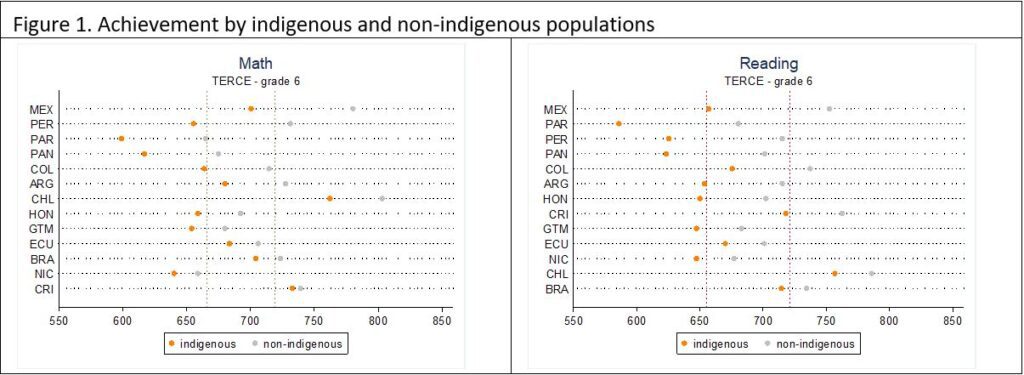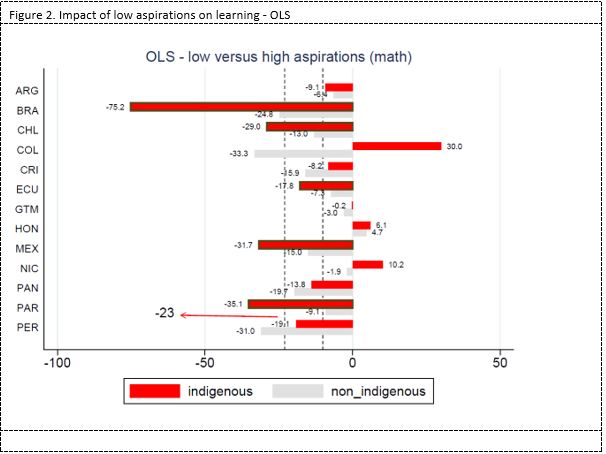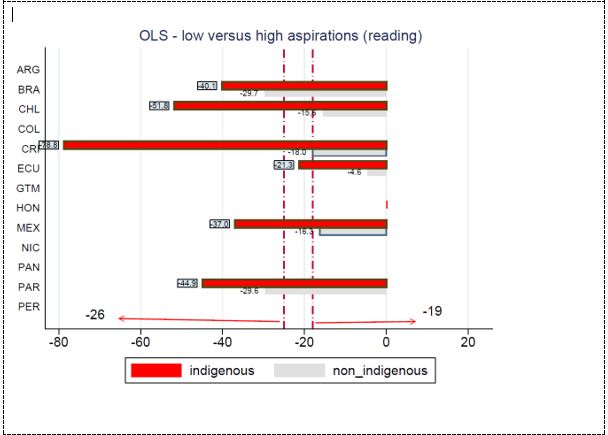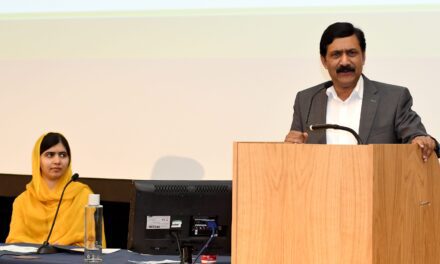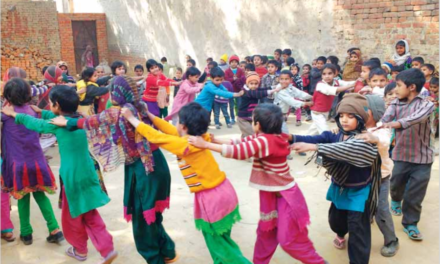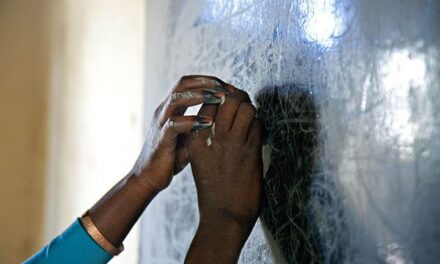This blog was written by Marcos Delprato, Centre for International Education (CIE), University of Sussex. For the 2017 UKFIET conference, 23 individuals were provided with bursaries to assist them to participate and present at the conference. The researchers were asked to write a short piece about their experience.
Increasing the learning levels among disadvantaged indigenous populations is critical for the post-2015 SDG agenda within Goal 4, both from an equity perspective (target 4.5) and for the culture contribution to sustainable development (target 4.7) of indigenous communities. At the 2017 UKFIET conference, I presented some findings using the Third Regional Comparative and Explanatory study (TERCE) on the role of parental aspirations among indigenous populations as a barrier for their children learning, due to the internalisation of discriminatory values. I also evaluated which policy channels could weaken the negative effect of these low aspirations.
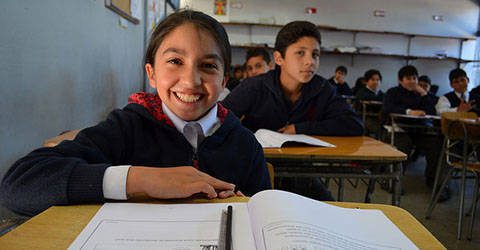
TERCE is a large scale study of learning achievement, which was implemented in 2013. In total 15 countries took part (Argentina, Brazil, Chile, Colombia, Costa Rica, Dominican Republic, Ecuador, Guatemala, Honduras, Mexico, Nicaragua, Panama, Paraguay, Peru and Uruguay), as well as the Mexican state of Nuevo Leon (Mexico).
If parents’ aspirations and expectations on their children’s education are low, more often than not, this translates into lower learning achievements of their children. This learning gap will occur regardless of other disadvantages for children. However, the strength of this negative pathway is stronger within indigenous families as the low level of aspirations is also driven by negative societal values, which are in turn internalised by indigenous parents.
This is known in the literature as the ‘internal channel’ hypothesis: Aspirations have a causal effect on indigenous students’ learning, even after taking into account the family’s wealth, because of internalised discrimination from non-indigenous elites. Discrimination of indigenous populations can take different forms: stereotypes of being submissive and lacking motivation, and constant messages that undervalue or neglect their culture, language and identity. Importantly, lower aspirations due to the internalisation of discrimination lead to parents’ poor self-esteem and doubt in their children’s abilities, which in turn halt their learning.
Against this background, at the 2017 UKFIET conference on Learning and Teaching for Sustainable Development, and within the sub-theme Inclusive Education for Sustainable Development, I presented new evidence on this issue for sixth grade students in 13 Latin American (LA) countries, using the TERCE learning survey from 2013. The research areas covered in the presentation were:
- Investigating the role of parental aspirations among indigenous populations as a barrier to their children learning;
- Investigating whether parental aspirations affect weaker indigenous learners i.e. if low parental aspirations are partly due to parents perceiving that their children won’t achieve higher levels of learning;
- Evaluating which policy channels could weaken the negative effects of aspirations for indigenous populations.
The key indicator for the analysis is a dummy for low parental aspiration (equals to 1 if parents believe their child will reach only primary or lower secondary, and 0 if they think their children will reach upper secondary or above). All regressions control for an array of students, family and school controls. The definition of whether a student is indigenous is self-reported.
Findings from the research
First, Figure 1 shows that indigenous students perform consistently lower than non-indigenous students (53 points less for the whole sample in maths; 66 points less in reading), with a great variation across countries.
But how much of this gap is due to indigenous students’ parents having lower aspirations for the education their children will achieve? Figure 2 contains estimates for the differences in achievement of the low versus high expectation groups, both for indigenous and non-indigenous students. For the whole sample of 13 countries, students achieve between 23 and 26 points less in maths and reading, but in the case of non-indigenous students, low aspirations are linked to lower negative effects of aspirations – of -10 (in maths) and -19 (in reading). Nevertheless, how expectations translate into poorer achievement varies greatly across countries in the region. In some countries differences are vast (e.g. Brazil, Mexico and Paraguay for maths, and Costa Rica and Ecuador for reading).
Secondly, do indigenous parents place lower aspirations on their children’s education because they believe they are weaker learners to start with? Figure 3’s results do not validate this claim: an indigenous child living in a parental-low-expectation family will perform worse despite whether he/she is a low or high ability student. In fact, the effect of negative aspirations is rather constant and it hovers around -40. This gives further support to the internalisation of discriminatory values as expectations are indeed not linked to ability.
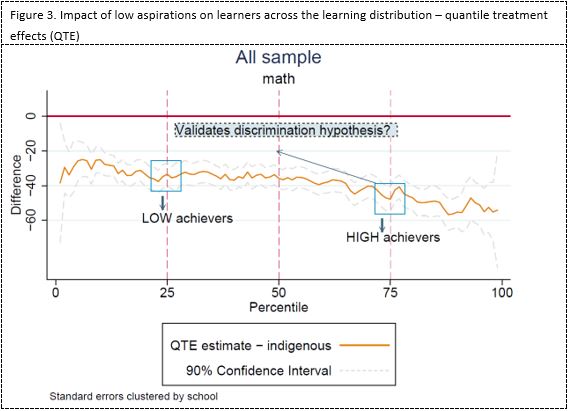
Figure 3. Impact of low aspirations on learners across the learning distribution – quantile treatment effects (QTE)
Finally, I examined whether different schools’ programmes and different systemic schools’ characteristics (related to accountability, feedback and support of teachers, for instance) can make a difference for indigenous students by decreasing the learning gap linked to parental aspirations. To investigate this, I obtained a comparable sample of indigenous students for the low and high expectation groups by matching techniques. That is, the role of each policy variable is compared, isolating background differences in these two groups. Results are displayed in Table 1.
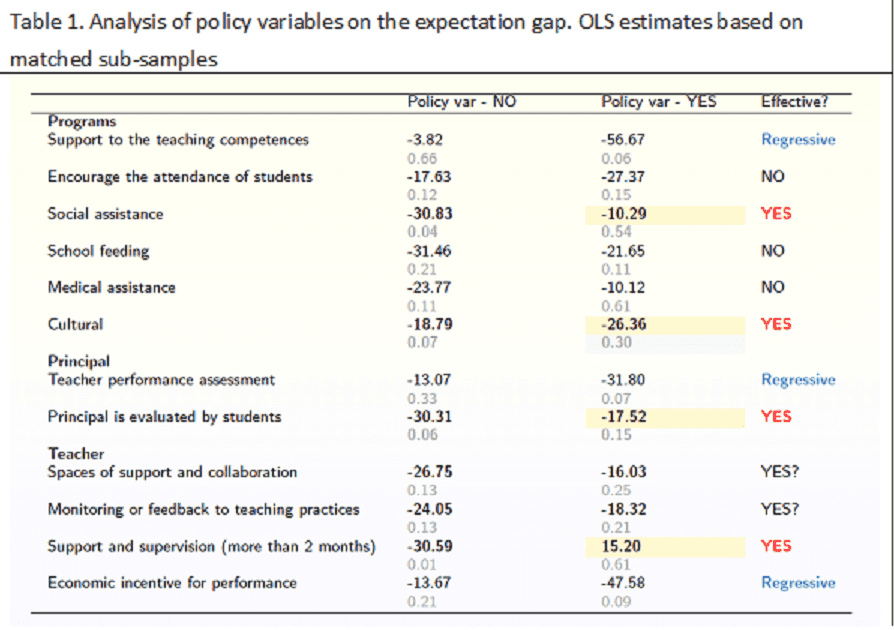
Table 1. Analysis of policy variables on the expectation gap. OLS estimates based on matched sub-samples
Estimates show that the effects of some policies are regressive, in the sense that the negative learning gap is larger if schools are under this policy. For instance, the gap for indigenous students attending schools where teachers have incentives for performance is 48, while if the same students were attending schools where teachers do not have incentives for performance, the gap would be much lower (14). Similarly, teacher performance assessment is regressive. This suggest that mechanisms of accountability to raise learning scores for indigenous students may be failing, perhaps due to negative incentives operating in low quality settings. But, if accountability entails a control from students to principals, the policies is not regressive and it works.
In addition, specific school programmes (i.e. social assistance and cultural) seem to be able to reduce the negative learning gap due to expectations (from -30 to -10 and from -19 to -26, respectively). Hence, a right mixed of policies applied in school with large indigenous population may minimise the effects of how societal discriminatory values transfer into low achievement for indigenous students.
Conclusions
- Using the TERCE learning survey, this blog shows that the internalisation of discrimination practices by indigenous parents leads to lower achievement of their children through the lower expectations that parents have on their children’s education. This happens even after accounting for external factors (full controls), and equally for low and high achievers.
- Some policies can weaken the pathways from low expectations to low achievement for indigenous students (e.g. social assistance programmes, evaluation of principal by students), while others can re-enforce them (e.g. economic incentives to teachers by performance).
- Overall, the new SDG agenda should pay attention to the detrimental role of parental aspirations for indigenous populations and governments should design policies to tackle this problem.

